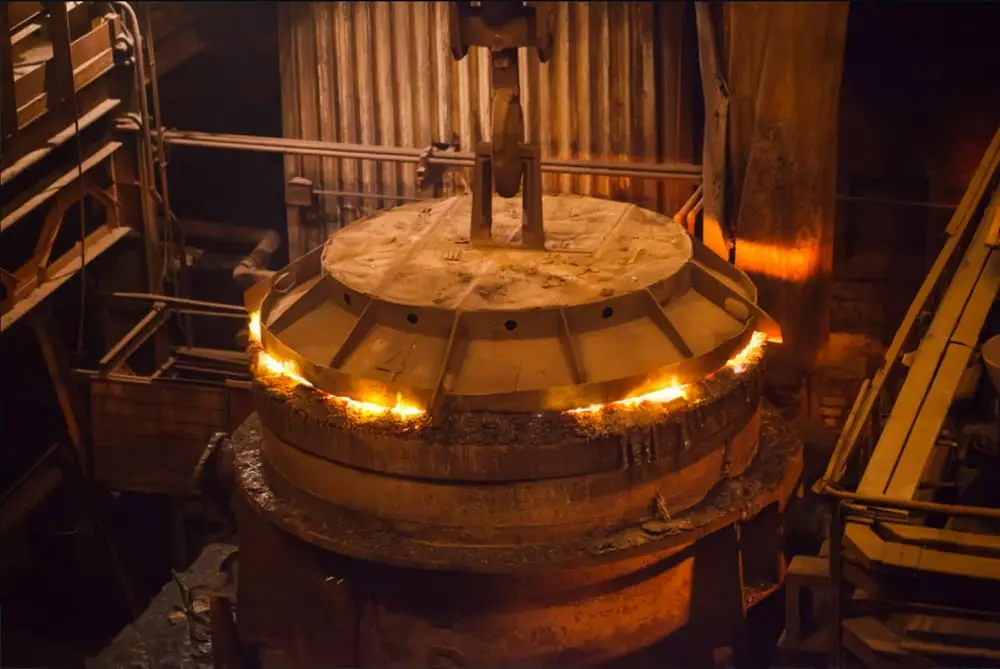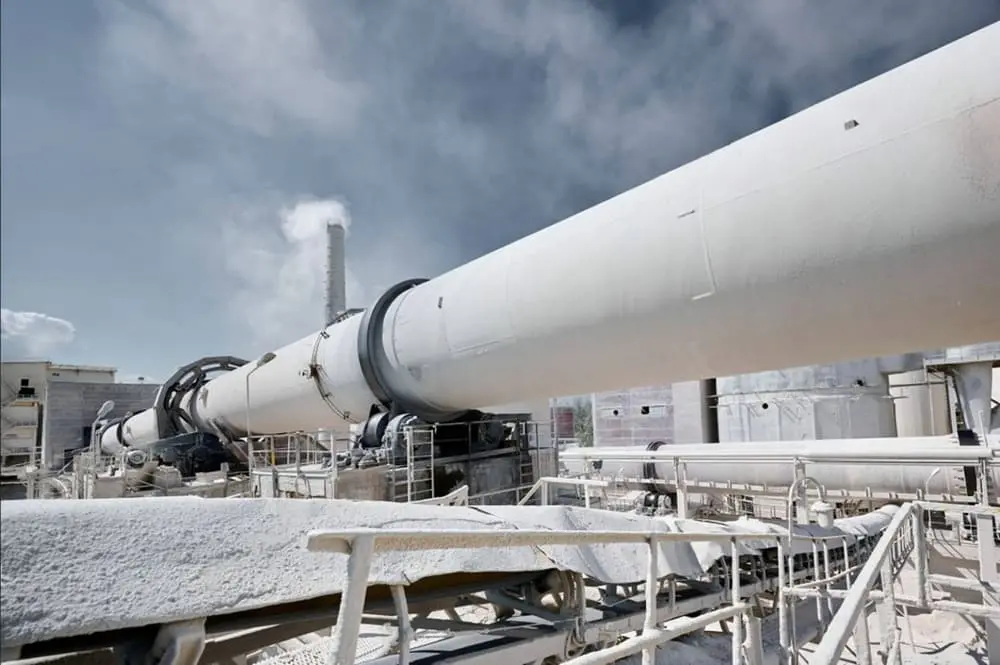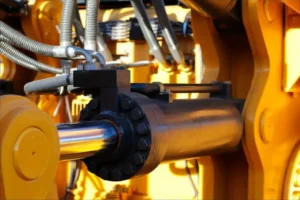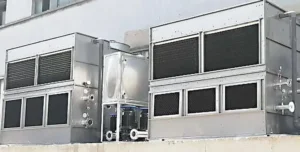Lò nấu chảy kim loại hiệu quả nhất có thể phụ thuộc vào một số yếu tố, including the type of metal being melted, the scale of the operation, energy sources, and environmental considerations. Generally, the following types of furnaces are considered efficient for different purposes:
1. Lò nung cảm ứng
- Hiệu quả: Induction furnaces are highly efficient, with thermal efficiency often exceeding 90%. They use electromagnetic induction to heat and melt metals.
- Advantages: Fast melting times, Kiểm soát nhiệt độ chính xác, reduced oxidation, and energy efficiency.
- Các ứng dụng: Ideal for steel, sắt, nhôm, đồng, and other non-ferrous metals.

2. Lò hồ quang điện (EAF)
- Hiệu quả: EAFs are very efficient, particularly for steel production. They convert electrical energy into heat to melt scrap steel and direct reduced iron (DRI).
- Advantages: Flexibility in the types of scrap materials used, high productivity, and reduced CO2 emissions compared to traditional blast furnaces.
- Các ứng dụng: Predominantly used in steelmaking, particularly in mini-mills.
3. lò nung
- Hiệu quả: Depending on the heat source (electric, khí đốt, hoặc than cốc), crucible furnaces can be relatively efficient for small-scale operations.
- Advantages: Simple construction, versatility, and suitability for melting small batches of various metals.
- Các ứng dụng: Often used for melting non-ferrous metals like aluminum, thau, and bronze.
4. Lò quay
- Hiệu quả: Rotary furnaces can be quite efficient for recycling aluminum and other non-ferrous metals.
- Advantages: Effective for processing large quantities of scrap material, good mixing, and uniform heating.
- Các ứng dụng: Common in aluminum recycling and other non-ferrous metal industries.

5. Reverberatory Furnaces
- Hiệu quả: Modern reverberatory furnaces can be quite efficient, particularly when equipped with regenerative burners and heat recovery systems.
- Advantages: Large capacity, ability to handle a wide range of scrap materials, and good fuel efficiency.
- Các ứng dụng: Used in aluminum, đồng, and other non-ferrous metal industries.
Factors Influencing Efficiency
- Vật liệu cách nhiệt: Cách nhiệt thích hợp làm giảm thất thoát nhiệt và cải thiện hiệu suất nhiệt.
- Nguồn năng lượng: Lò nung điện thường hiệu quả hơn và thân thiện với môi trường hơn so với lò đốt nhiên liệu hóa thạch.
- Hệ thống tự động hóa và điều khiển: Hệ thống điều khiển tiên tiến có thể tối ưu hóa quá trình nấu chảy, giảm tiêu thụ năng lượng và nâng cao hiệu quả.
- BẢO TRÌ: Bảo trì thường xuyên đảm bảo lò hoạt động ở hiệu suất cao nhất.
Để có hiệu quả cao nhất trong một ứng dụng cụ thể, điều cần thiết là phải xem xét loại kim loại bị nóng chảy, quy mô sản xuất, chi phí năng lượng, và tác động môi trường. Lò nung cảm ứng và lò hồ quang điện thường được coi là một trong những lựa chọn hiệu quả nhất trong gia công kim loại hiện đại.







